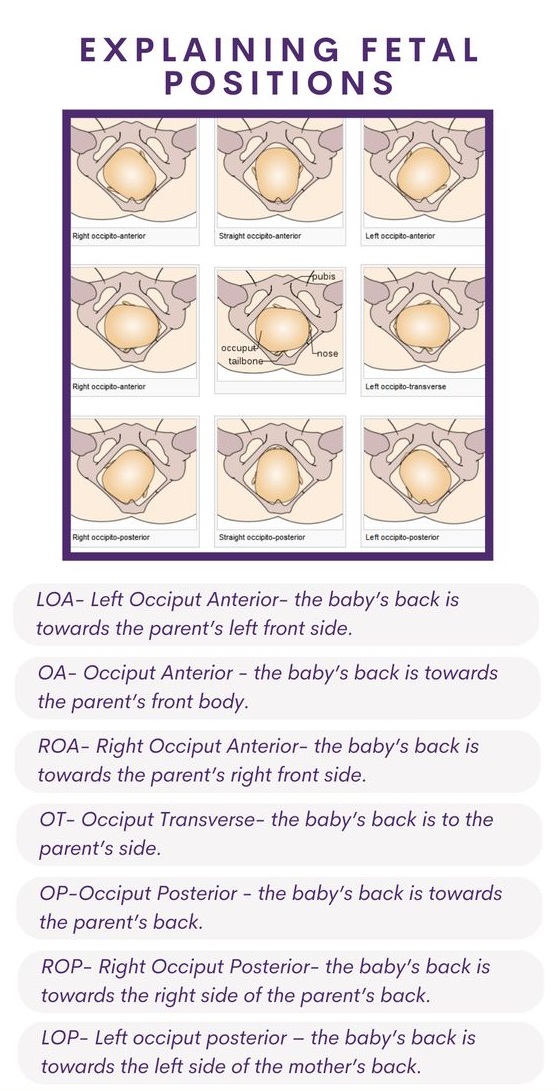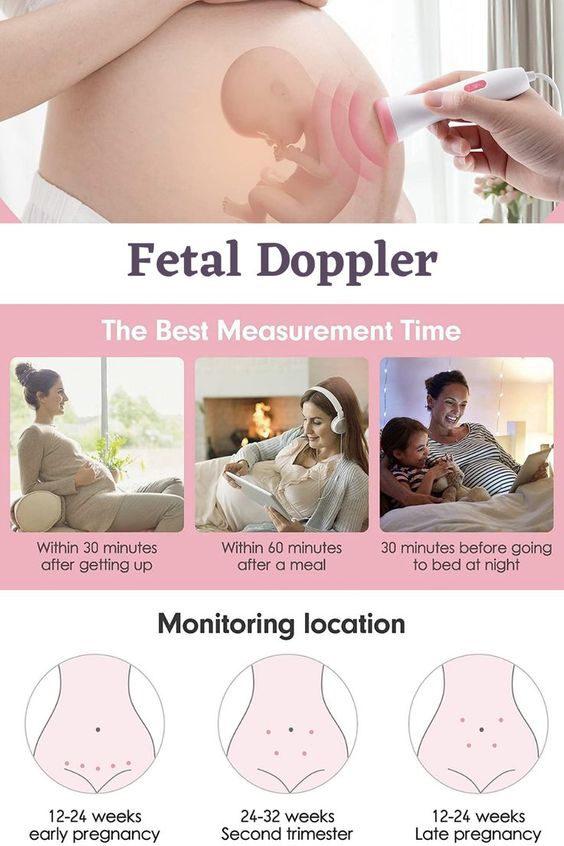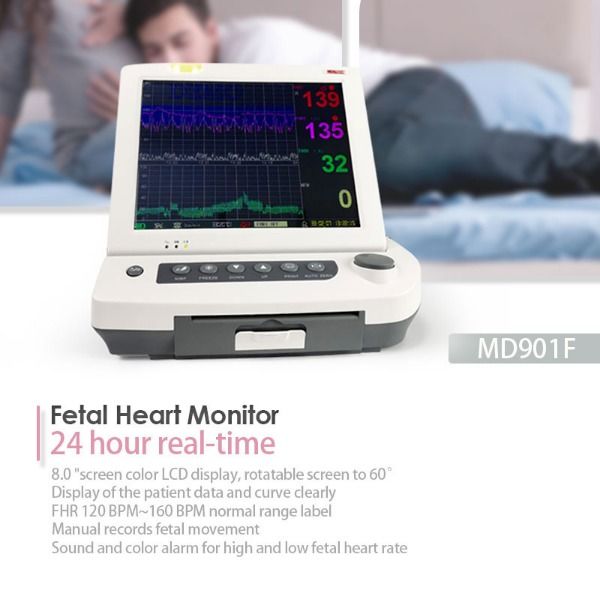Fetal monitoring, in one form or another, has been around for a very long time. Prior to the 1970s, fetal monitoring was typically done with a person listening to your baby with a special stethoscope designed for use in pregnancy, often called afetoscope. (This is called auscultation.)
1. Reading a Fetal Monitor Can Help You Understand Your Labor

This was a way to tell how your baby was coping with labor. Electronic fetal monitoring came onto the scene before being thoroughly tested for reliability, but the premise behind it was that it would provide a graph to see how the baby’s heart rate responded in conjunction with a contraction. It also allowed the monitoring to be done without one on one care at the bedside.
Today’s fetal monitoring has a variety of ways it can be done. It can be done externally or internally. It can be done continuously or intermittently. The American Congress of Obstetricians and Gynecologists (ACOG) says that intermittent monitoring with either an electronic fetal monitor, a handheld doppler, or a stethoscope can be used for low-risk women.
2. What Electronic Fetal Monitoring Measures

Electronic fetal monitoring puts out a display on a computer monitor, or sometimes a paper graph, that records both the fetal heart rate and the mother’s contractions. Here you see the fetal heart rate marked with the blue indicator. The red indicator is showing the mother’s contractions.
The fetal heart rate is usually on the top of a computer screen, with the contractions on the bottom. Graph paper that is printed has the fetal heart rate to the left and the contractions to the right. Though it is often easier to read these by looking at them sideways so that they resemble the graph above.
The monitoring strip for your labor room, and those of all labor rooms, are often also visible from a bank of monitors at the nurses’ desk. This allows the staff to watch the monitors without entering your room.
3. The Y Axis of Fetal Monitoring

On the left-hand side, there is the y axis in each of the graphs. The blue indicator is showing you the marking for the fetal heart rate. These are beats per minute (bpm), measured in increments of ten with markings every 30 beats.
On the left at the bottom with the red indicator, you will see the y axis measures millimeters of mercury (mmHg). This is supposed to measure the strength of the contraction, with the higher number being a stronger contraction. Unless you are using an internal uterine pressure catheter (IUPC), this is simply going to provide a graphical representation of each contraction.
4. The X Axis of Fetal Monitoring

The horizontal line, or x axis, is measured in minutes. Between the blue and red indicators, is a single minute. Within each minute is lighter lines, each of these measures a ten-second increment. This means that there are six sections for every minute.
Combining both the top and bottom (x and y axises) graphs, the graphs line up so that the heart rate directly above a contraction is happening at the same time.
It can sometimes be difficult to imagine all of this until you are actually in labor. Once there, ask your nurse, midwife, or physician for a quick tour of the fetal monitoring strip or monitor. They will be more than happy to help you learn to watch the baby’s heart rate with them.
5. What Type of Monitoring is Best for You

The truth is that there is not one right type of fetal monitoring for every woman. The amount of time between checking on the baby and labor will differ from woman to woman, and even labor to labor. If you are having a high-risk labor, you will likely need to have continuous fetal monitoring. This can include:
- Women with an epidural
- Women having an induction of labor
- Women who have had a previous cesarean birth
- Women who have multiple babies
- Women who have certain medical problems
- Women who have experienced some form of fetal distress in this labor
Talk to your practitioner in pregnancy about how they use fetal monitoring and when it might need to be used continuously, or when you might need to look at using internal fetal monitoring. You should also ask questions about how fetal monitoring is done, should you request to use the shower or labor tub in labor.
Also Read:
